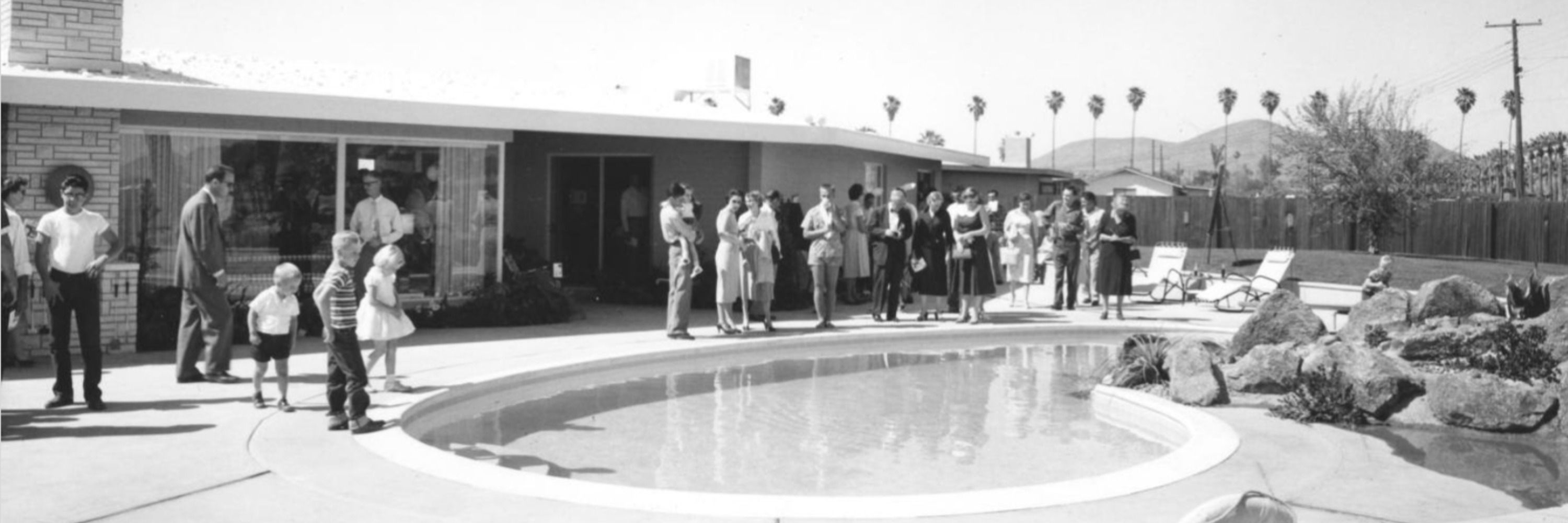Lawrence Culver
@lawrencecphd.bsky.social
2.8K followers
2.9K following
690 posts
Historian of environment/climate/disaster/cities/culture. SLC via AL and LA; UCLA Bruin. Book: The Frontier of Leisure: SoCal and the Shaping of Modern America; currently writing a book about climate and history in the US and North America.
Posts
Media
Videos
Starter Packs




















